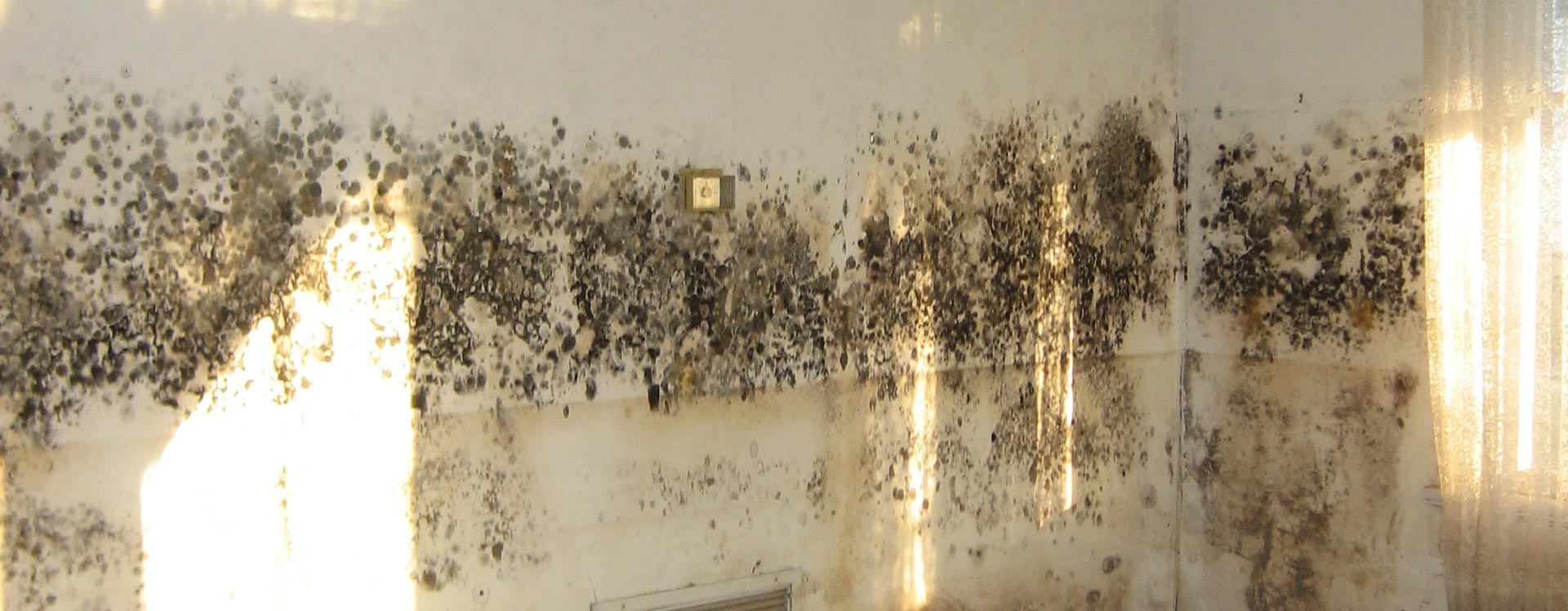Damp is a considerable problem for many home owners. It causes great structural issues to buildings, has impacts on health, and makes your home incredibly unpleasant to live in.
There are 3 types of damp; penetrating, rising and condensation, and each is unique in its causes, identification, and prevention. This article aims to address the causes, warning signs, and the solution to remove each type, so you can be damp-free.
1. Penetrating Damp
Causes
Penetrating damp is caused by water leaking through the walls.
There are a number of reasons why water may be penetrating through the walls, such as:
- Broken or blocked gutters
- Bricks losing their weatherproof defence
- Damaged bricks
- Structural issues with the building
- Cracks in walls
- Cracks in windows and door frames
- Leaking pipes
- Lack of cavity wall – this is a wall in between the main walls which give moisture a chance to evaporate
- Missing or cracked roof tiles
Warning Signs
- You will see damp patches appear on walls. The damp patches are more likely to appear in windy and rainy weather, and disappear when the storm passes.
- Plaster and paint deterioration and blistering paint.
- Rotting skirting boards and timber.
- Mould growth and smell.
Solution
To get rid of the damp you need to work out what is causing it and resolve each one accordingly:
- Fix and clear broken guttering
- Replace and fix broken or missing roof tiles
- Fill in cracks in window frames
- Fill in cracks around door frames
- Fill in cracks in walls
- Fix leaking pipes
- Replace porous bricks or paint with water repellent materials
- Fix or insert cavity walls – homes built before 1920 may not have one – they may need repairing or you may need a cavity tray
2. Rising Damp
Causes
Rising damp is caused by water from the ground moving up and rising into the house as a result of capillary action.
This occurs due to structural issues of the building, in particular, the damp-proof course or membrane.
The damp-proof course is a waterproof layer in the wall of a building near to the ground, and is installed to prevent rising damp. It is usually a horizontal strip made from plastic or bitumen felt, built into the wall at least 15cm above ground level.
The damp-proof membrane is a waterproof sheet laid underneath the concrete floor to protect the house from groundwater rising.
However, rising damp occurs when there are issues with the damp-proof course and membrane. There may not be a course or membrane, gaps in the course or membrane, or the ground may be higher than the damp-proof barrier.
Warning Signs
Warning signs of rising damp include:
- Damp in lower parts of walls
- Damp rising up the wall
- Damp patches on the floor
- Damp and damaged skirting boards
- Peeling and blistering paint
- Wet patches on walls
- Staining on walls
- Rotting floorboards
- Salt deposits
Solution
You will most likely require a professional to resolve rising damp.
Firstly, check that your house has a damp-proof course or membrane, as houses built before 1875 probably won’t have one. You will need an expert to tell you whether you do have one.
If you do have a damp-proof course or membrane, you may be having issues because you need to repair it.
Insert or repair a damp-proof course by injecting damp-proof cream into the wall or installing a waterproof course into the wall.
Insert or repair a damp-course membrane by applying bitumen latex waterproof emulsion and a layer of foil building paper underneath the floor covering. You may also need to remove any affected ground floor slabs and insert a new membrane.
A high ground level will also cause issues, as water can seep through earth into the walls. If the ground level is too high, you will need to dig away the soil on the exterior of the damp wall to a level below the course – the damp-proof course should be 15cm above ground level. You can also seal the wall with asphalt to protect it from water.
3. Condensation
Causes
Condensation damp is caused by moist air condensing on walls. Warm & moist air comes into contact with a cold surface such as the walls, and the air can’t hold the moisture, causing drops of water to appear and causing mold on your walls.
Condensation occurs due to a lack of ventilation, cold surfaces, and lack of central heating.
Warning Signs
You can identify condensation damp by:
- Condensation on windows and walls
- Water droplets
- Damp or mould on walls and ceilings
- Damp smell
Solution
You can deal with condensation yourself by:
- Installing double glazing
- Using a dehumidifier
- Improving ventilation by opening windows and installing air vents and fans
- Turning up the heating in cold weather
- Installing insulation such as a cavity wall or loft insulation
- Clearing windows and affected areas by wiping with a cloth
You will now be able to identify the different types of damp in your house, understand the causes of each, and the necessary action to take to deal with and prevent it. For further advice on damp, contact Allcott Associates today.
Learn more about survey types here
or
go to the main blog page











